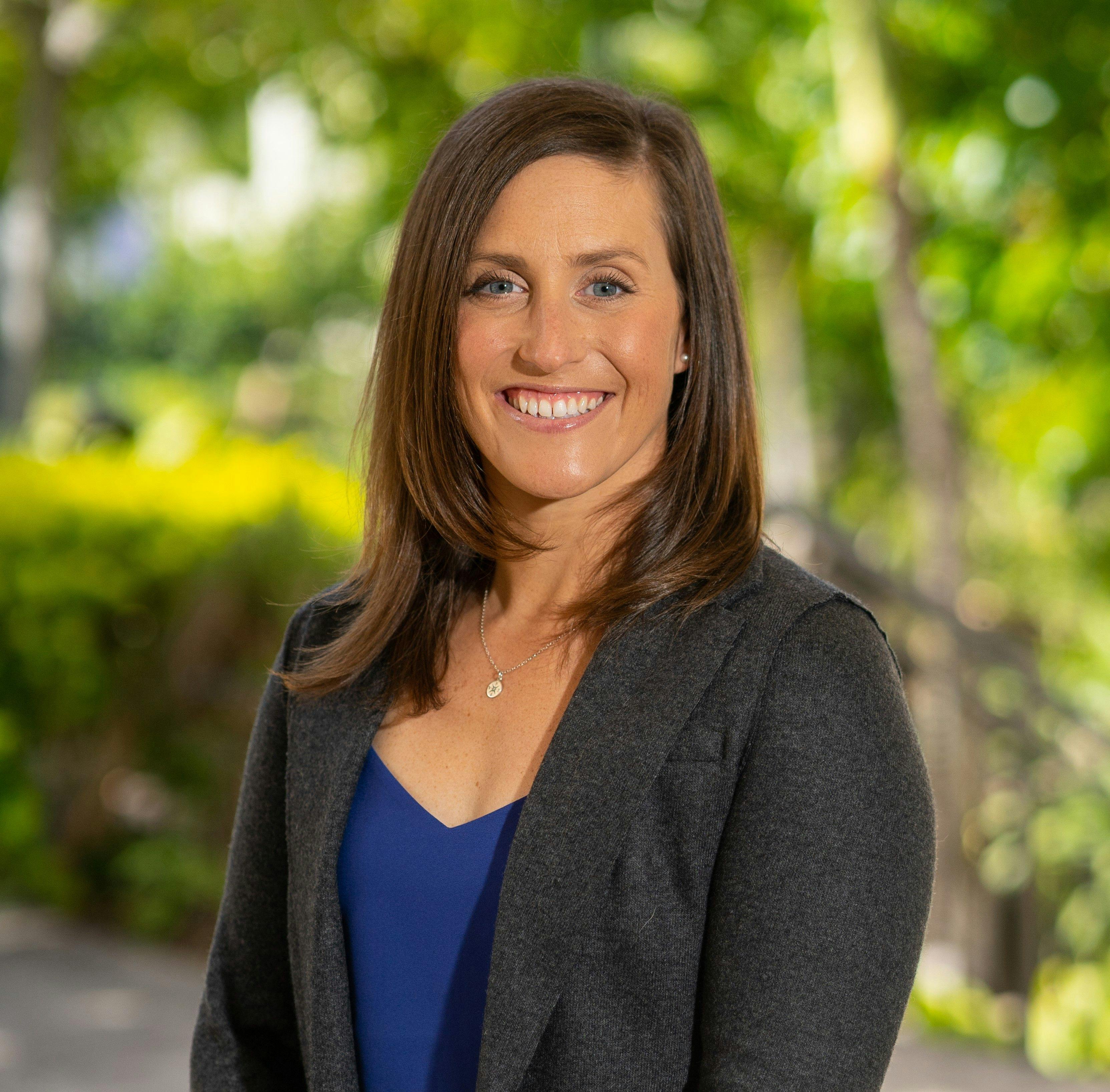Optimizing PFAS Sample Preparation Efficiency and Laboratory Cleanliness for EPA Method 1633
U.S. Environmental Protection Agency (EPA) Method 1633 signifies a pivotal shift in per- and polyfluoroalkyl substance (PFAS) determination, extending beyond drinking water. Addressing PFAS in complex matrices requires additional sample preparation for the liquid chromatography–tandem mass spectrometry (LC–MS/MS) analysis of 40 compounds. Using weak-anion exchange (WAX) solid-phase extraction (SPE) cartridges and graphitized carbon black (GCB) cleanup is required, but flexible approaches like dual-phase cartridges may help in time savings and robustness. Further mitigating contamination risks demands strict cleanliness protocols for reagents, solvents, consumables, and LC equipment to reduce risk of false positives. EPA Method 1633 requires precise detection with low ng/L limits, reflecting its significance in environmental monitoring.
With per- and polyfluoroalkyl substances (PFASs) coming under increased scrutiny, the U.S. Environmental Protection Agency (EPA) has recently finalized EPA Method 1633, the first non-drinking water-focused method in the United States. Prior to 1633, common globally referenced PFAS methods included EPA 537.1 and 533 for drinking water, Draft European Standard (FprEN) 17892 for drinking water, European Union (EU) 2022/2388 for food, and the guidance documentation for food from the European Union Reference Laboratory for Halogenated Persistent Organic Pollutants in Feed and Food (EURL POPs). PFAS have been thoroughly detected in the environment, food, wildlife, and humans, and are shown to be persistent and bioaccumlative. EPA 1633 is the first official method to incorporate the determination of 40 PFAS compounds across many challenging sample matrices, such as non-potable waters (groundwater, surface water, and wastewaters), soil, sediment, biosolids, and tissue by liquid chromatography coupled to tandem mass spectrometry (LC–MS/MS) (1). Working with these complex matrices requires critical care in their sample preparation and analysis to ensure method robustness, reproducibility, and cleanliness.
Required sample preparation for EPA 1633 varies by the sample matrix, but whether working with water samples or solids, both require a two-step clean-up using a weak-anion exchange (WAX) solid-phase extraction (SPE) cartridge and graphitized carbon black (GCB) (1). Prior to SPE, there are several steps required based on the matrix type. Though pre-SPE prep work for aqueous samples is less intensive, including steps of weighing, inversion, spiking standards, and checking and adjusting pH, for solid samples like soils, sediments, and tissue, the prep involves more labor-intensive steps, including the addition of solvents and additives with multiple series of vortexing, shaking, sonication, centrifugation, and transfer of supernatant prior to the GCB; then, WAX extraction is performed (1).
Options for WAX SPE and GCB Extraction
The method requires the use of a WAX cartridge and carbon. For non-potable water samples, extraction through a WAX cartridge is required followed by GCB cleanup. For solids and tissue samples, the order is reversed, with cleanup first by GCB, then extraction by WAX cartridge. WAX cartridges are useful for PFAS retention due to their ability to undergo both reversed-phase retention of the C-F chains, and ion-exchange retention with the acidic head groups found in many common PFAS, as seen in Figure 1. The addition of carbon provides some additional cleanup benefit, removing more matrix components than WAX alone, leading to overall cleaner eluates. Working with loose GCB can be challenging, as loose carbon is messy and requires manual steps for the weighing of GCB, shaking, vortexing, and centrifugation of the sample with GCB, and filtration.

EPA Method 1633 is a performance-based method and gives requirements for establishing equivalency (1). For example, other cartridge bed sizes of WAX are allowed if quality control (QC) criteria set by the method are met. Additionally, the method states that in the single-laboratory validation study, there was better performance seen with loose carbon granules rather than cartridge format, so this was implemented for the multi-laboratory study to set the recovery
limits. However, alternative sample preparation device formats for WAX and GCB cleanup can be explored if they meet the performance requirements of the method.
An alternative to a WAX cartridge and loose GCB is to use a dual-phase, or bilayer, cartridge containing both sorbents stacked in one device. To align with the method guidelines for order of cleanup, a WAX and GCB cartridge would be used in the case of aqueous samples, and a GCB and WAX cartridge would be utilized for solids and tissue samples. Use of dual-phase cartridges has been shown to yield acceptable performance criteria in recent application notes for aqueous, soil, and tissue samples (2,3). By combining GCB and WAX into one cartridge, scientists can save time by removing manual labor steps in their method while still achieving the acceptance criteria of EPA 1633. Removing these manual steps also reduces the potential for error associated with them while increasing laboratory efficiency.
To show demonstration of performance of a dual-layer cartridge, Figure 2 displays extraction of a certified reference material for wastewater of EPA 1633 analytes, where quantitative results for three replicate extractions show all 40 PFAS are quantified within the allowable concentration ranges.

Ensuring Cleanliness in Sample Prep and Beyond
A major challenge working with PFAS is that they can be found everywhere. Most people are aware that PFAS such as polytetrafluoroethylene (PTFE) have been used in non-stick coatings, but there are many common sources that can contribute to PFAS contamination in a laboratory setting. The issue with this is that PFAS levels will be artificially elevated in the analysis. Taking into consideration everything from personal care products, waterproof clothing and lab coats, latex gloves, soaps, and dishwashing detergents, PTFE containers and filters, aluminum foil, permanent markers, vacuum grease, glass transfer pipets and vials, vial caps with PTFE seals, and certain pipette tips is paramount to managing potential contamination in a laboratory setting for PFAS (4).
Reagents and solvents used throughout the sample preparation process as well as during chromatography need to be ensured to show no PFAS detections above the method detection limits (1). Methanol is especially important to cleanliness as it is used not just in sample extraction, but as a cleaning agent for consumables and even the extraction manifold (4). During SPE, use of specialized cartridges that are QC-tested for low-residual PFAS also can help eliminate one potential source for contamination during analysis.
Use of polypropylene vials and caps should also be chosen. Ensuring LC suitability for PFAS also entails equipping the LC with PEEK tubing rather than standard LC tubing that contains PTFE coating, the use of an isolator or delay column, and stainless-steel coil tubing installed between the solvent mixer and isolator column to further delay system contamination. All consumables used in a PFAS laboratory setting need to undergo testing to understand the potential for contamination and cleanliness. Elevated levels of PFAS lead to false positives and hours of troubleshooting to determine the source of contamination.
The complex matrices found in EPA 1633 require special consideration for their sample preparation. Because the method is performance-based, there are some flexibilities allowed to help reduce manual steps in sample preparation by showing equivalency with the use of dual-phase or bilayer cartridges. Further considerations for cleanliness should be strongly considered when implementing PFAS quantitation, as methods like EPA 1633 have detection limits in the ng/L range where small amounts of contamination can leave a large impact.
References
(1) United States Environmental Protection Agency Office of Water. Method 1633: Analysis of Per- and Polyfluoroalkyl Substances (PFAS) in Aqueous, Solid, Biosolids, and Tissue Samples by LC–MS/MS, last revised January 2024. https://www.epa.gov/system/files/documents/2024-01/method-1633-final-for-web-posting.pdf (accessed 2024-04-10)
(2) Organtini, K. L.; Rosnack, K. J.; Plummer, C.; Hancock, P.; Burt, O. Analysis of Per- and Polyfluoroalkyl Substances (PFAS) in Accordance With EPA 1633 Part 2: Analysis of Aqueous Matrices; Application Note 720008143; Waters Corporation: Milford, MA, 2023. https://www.waters.com/nextgen/us/en/library/application-notes/2023/analysis-of-per-and-polyfluoroalkyl-substances-pfas-in-accordance-with-epa-1633-part-2-analysis-of-aqueous-matrices.html (accessed 2024-04-10)
(3) Organtini, K. L.; Rosnack, K. J.; Plummer, C.; Hancock, P.; Burt, O. Analysis of Per- and Polyfluoroalkyl Substances (PFAS) in Accordance with EPA 1633 Part 3: Analysis of Soil and Tissue; Application Note 720008230; Waters Corporation: Milford, MA, 2024. https://www.waters.com/nextgen/us/en/library/application-notes/2024/analysis-of-per-and-polyfluoroalkyl-substances-pfas-in-accordance-with-epa-1633-part-3-analysis-of-soil-and-tissue.html (accessed 2024-04-11)
(4) Dreolin, N.; Foddy, F.; Organtini, K.; Adams, S.; Rosnack, K.; Hancock, P. Best Practices for Monitoring PFAS Contamination in a Routine Shared-Space Commercial Laboratory; White Paper 720007905en; Waters Corporation: Milford, MA, 2023. https://www.waters.com/webassets/cms/library/docs/720007905en.pdf (accessed 2024-04-11)
About the Author
Chelsea Plummer is a Senior Product Marketing Manager at Waters Corporation and holds a PhD in analytical chemistry. Her primary focus is on sample preparation, specifically the use of solid-phase extraction devices in food, environmental, and pharmaceutical application areas. She works to support both customers and internal colleagues on sample preparation products and workflows, working closely with Waters scientific teams. Direct correspondence to: Chelsea_Plummer@waters.com

New Method Explored for the Detection of CECs in Crops Irrigated with Contaminated Water
April 30th 2025This new study presents a validated QuEChERS–LC-MS/MS method for detecting eight persistent, mobile, and toxic substances in escarole, tomatoes, and tomato leaves irrigated with contaminated water.
Accelerating Monoclonal Antibody Quality Control: The Role of LC–MS in Upstream Bioprocessing
This study highlights the promising potential of LC–MS as a powerful tool for mAb quality control within the context of upstream processing.
University of Tasmania Researchers Explore Haloacetic Acid Determiniation in Water with capLC–MS
April 29th 2025Haloacetic acid detection has become important when analyzing drinking and swimming pool water. University of Tasmania researchers have begun applying capillary liquid chromatography as a means of detecting these substances.
Prioritizing Non-Target Screening in LC–HRMS Environmental Sample Analysis
April 28th 2025When analyzing samples using liquid chromatography–high-resolution mass spectrometry, there are various ways the processes can be improved. Researchers created new methods for prioritizing these strategies.

.png&w=3840&q=75)

.png&w=3840&q=75)



.png&w=3840&q=75)



.png&w=3840&q=75)














